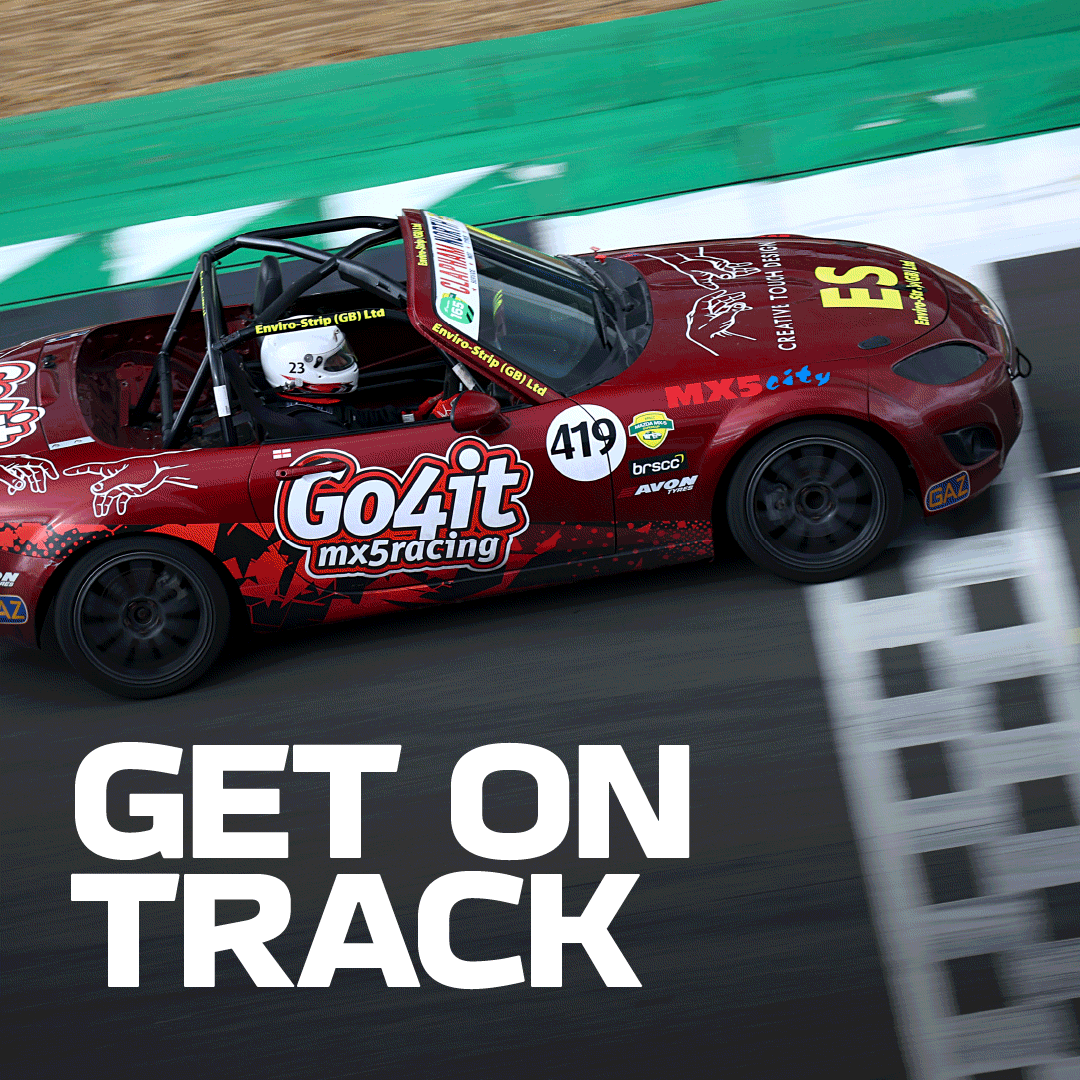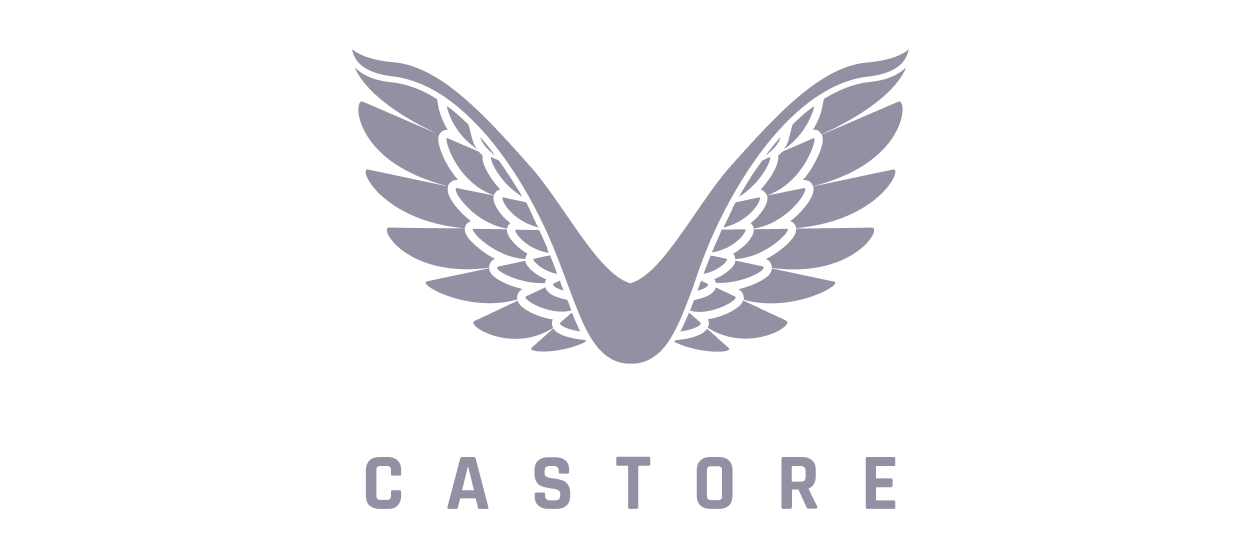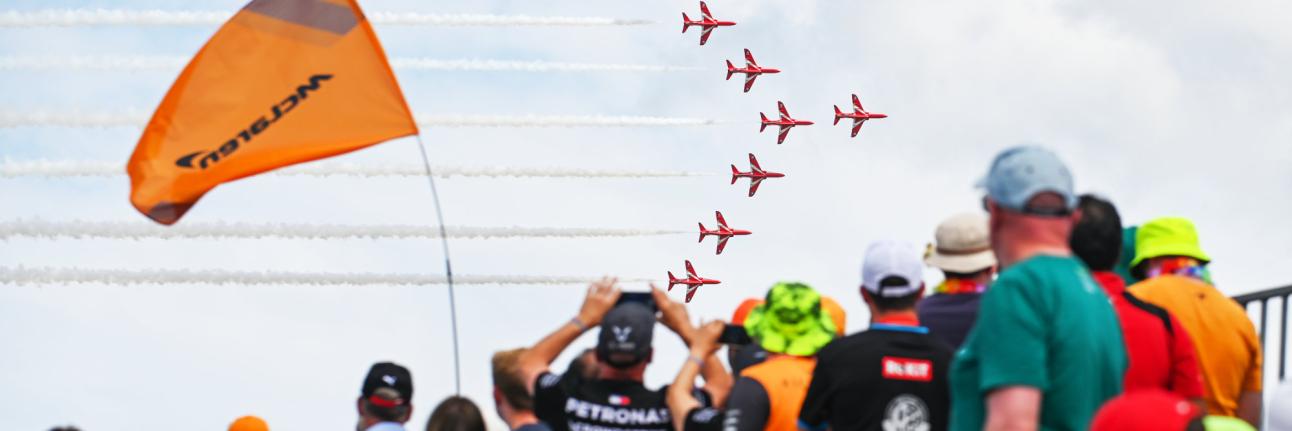
Red Arrows Pilot Flight Lieutenant Ollie Suckling on His Career So Far and Organising the British Grand Prix Display and Flypast
03 July 2024The Red Arrows are an iconic symbol of the United Kingdom, and the display team travel all over the country – and internationally – to perform for people all over the world. The Red Arrows display and flypast are an extremely iconic part of the British Grand Prix weekend, recognising the build-up to the race itself on a Sunday.
This year is even more special for the Red Arrows – it’s the team’s 60th display season and this diamond milestone is being marked with a new, nine-aircraft show.
Silverstone caught up with Red 4 Flight Lieutenant Ollie Suckling about the journey to his role, how he and the team organise the display and flypast at Silverstone, and what it’s really like to be a Red Arrows pilot.
-
Growing up in York, Ollie Suckling attended the annual air shows held at Elvington with his dad and it would be the highlight of his year. Ollie still has things signed by the Red Arrows team at the time and when he and his family would fly abroad for their holidays, his parents used to have to drag him out of the cockpit otherwise he’d spend hours in there talking to the pilots.
When Ollie began school, he joined the Combined Cadet Force, a division of the Air Cadets and began flying there, before getting a gliding scholarship in 2002, where he did his first solo flight on a Vigilant Glider. Following that, in 2003, he got a flying scholarship which was one third of a private pilot’s licence.
“I always really wanted to be a pilot from a very early age,” Ollie says. “In 2004, I left school and tried to apply for a job in the Air Force and they told me to go to university and grow up for a couple of years, then come back.
“That just really made me want it even more.”
So, Ollie went to university and he joined an organisation called the University Air Squadron, which was located at RAF Church Fenton, and he did a lot more flying during his time there.
“Once I’d finished university, I was successful, so in 2007, at 21 years old, I found myself going to RAF Cranwell to start my life in the Air Force.
“I’d always really wanted to be a pilot from a very early age and it was always focused on military and fast jet flying; I had photos of my favourite aeroplane ever, the Tornado, all over my bedroom when I was a kid and then I got to fly one in the Air Force.”
Before Ollie officially started his pilot training, he had to do 36 weeks of officer training which consisted of learning how to be a leader, becoming an overall military person and working on some practical elements, too. Halfway through 2008, Ollie began his elementary flying training at Cranwell, but he already had a lot of flying experience in the bank from his time in the UAS and through his private pilot’s licence. Then, Ollie was streamed to fast jet flying and went to RAF Linton-On-Ouse to fly the Tucano, the basic fast jet trainer.
“That’s the time as a pilot when you come on the most,” he says. “You go in and have only flown a little piston engine aeroplane, and then you’re in a turboprop aircraft that’ll do 300 knots, you’re sat on an ejection seat and you end up leading your mate around, doing simulated attack runs and operating as a pair at a low level.
“From there, I went to RAF Valley and flew the Hawk, the same mark of Hawk I fly now.”
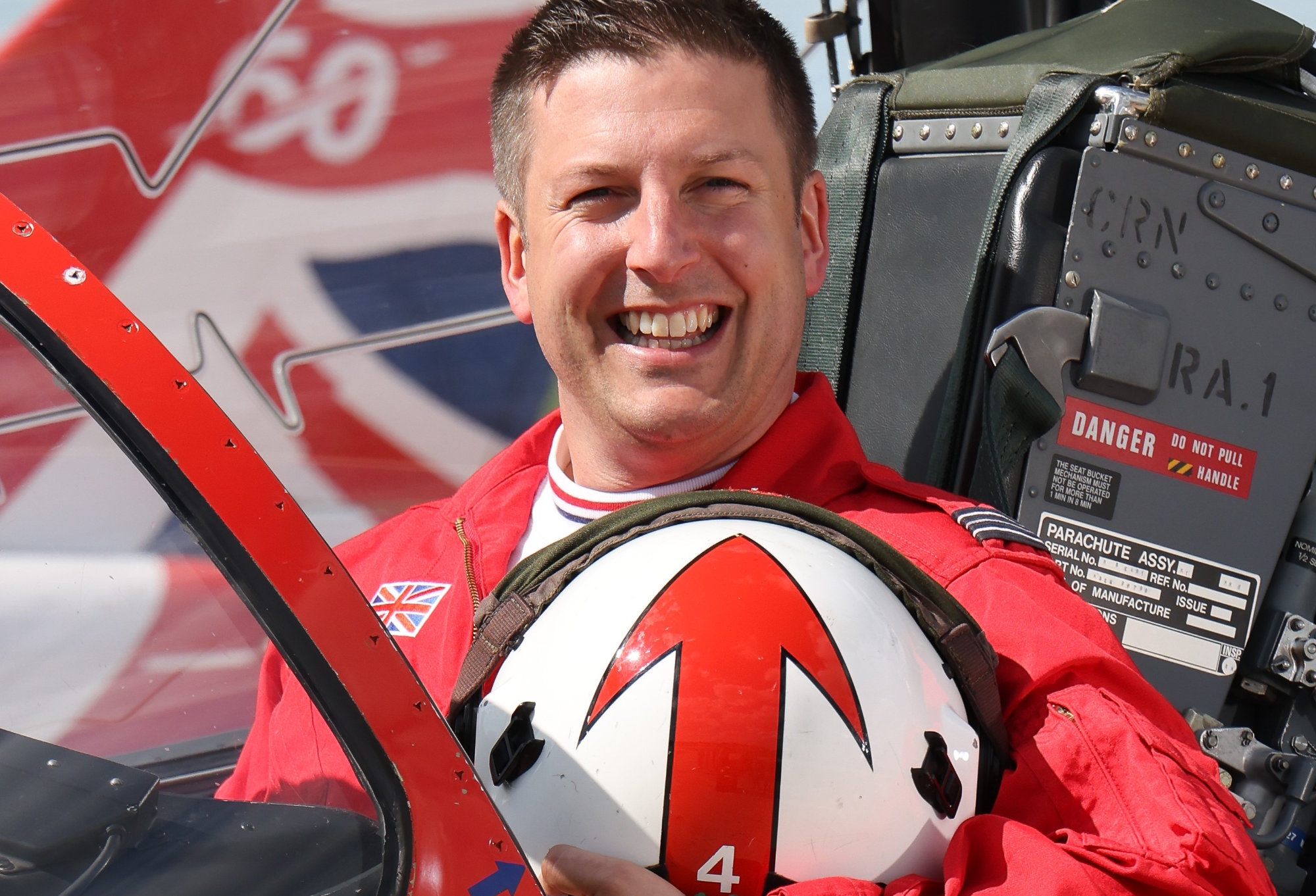
Ollie continued his advanced flying training there and after learning how to actually fly the aeroplane, he learned how to fight it; he learned air-to-air combat and ground attack, and would fly down to Pembrey Range in a Hawk with eight practise bombs and a fully loaded 30mm cannon underneath it.
In 2013, Ollie went to RAF Lossiemouth to fly the Tornado, he completed the Operational Conversion Unit down on 31 Squadron at RAF Marham in 2014, and was in Afghanistan on his first operational tour in 2014. He then did three tours in Iraq/Syria in 2014, 2015 and 2016, then halfway through 2017, Ollie volunteered to go to RAF Valley to be an instructor once his tour on 31 Squadron ended.
“I did three years there as an instructor on the new Hawk before leaving there at the end of 2020 to go to RAF Marham to work in a ground job on the F35 simulator,” Ollie says. “I did that for 18 months then I was lucky enough to be selected for the Red Arrows team in the 2022.
“It was my fifth time applying for the team, so I was persistent and it’s surreal being a Red Arrows pilot; it doesn’t feel less surreal than it felt in my first year because it’s all I ever wanted to do.”
The Red Arrows consists of 11 people in red suits at the front of house – one to nine fly in the display, Red 10 is supervisor and commentator and the Officer Commanding oversees everybody. Behind those 11 people, there are 140 engineers and support staff called The Blues; 10 of the technicians and one photographer fly in the back seat of each aeroplane on transit flights between airfields, when the Red Arrows are operating away from their base of RAF Waddington in Lincolnshire. Known as the Circus, these individuals are selected from the wider Blues cadre each year and are paired with a pilot for the display season. Akin to an F1 pit crew, it’s their job to ensure the aircraft are serviced and prepared for each flight when not at the Red Arrows’ home.
“Much like an F1 team, where you’ve got the drivers but you’ve got all the support staff around it as well,” Ollie says. “It’s much more than the 11 of us at the front, there’s an entire team.”
Ollie has taken part in many flypasts since he joined the Red Arrows team, including the Coronation, the King’s Birthday and the Edinburgh Tattoo. He was also part of the air display and flypast at the 2023 British Grand Prix at Silverstone.
Preparation for the display and flypast begins months before the event, when the request goes to the RAF Events team from Silverstone. Once it’s allocated as a display, the team navigator, Red 8 this year, will look after the initial planning for each trip and will allocate these sorties between each pilot, who will then become responsible for their assigned trips. With a couple of weeks to go, the synchro leader – Red 6 – will create a pitch map based on the display line. Then, it is Ollie’s job, as the sortie navigator, to plan the sortie to that line.
“From the line, I can understand how much fuel we need to take onboard at RAF Brize Norton, which is where we’re basing out of for this event,” Ollie says. “How long it’s going to take to get to the display point and how long the display will take, which we know is 23 minutes.”
Then, in the case of Silverstone, Ollie is responsible for doing another target run for the flypast which happens after the display. Ollie needs to know how much time there will be between the end of the display to getting to the grid for the flypast, so people actually know when the Red Arrows will fly over the main straight, then he has to get the team back to Brize Norton. Also, Ollie has to consider local airspace and smaller air fields the Red Arrows will pass on their return route, then speak to the relevant air traffic units.
“At the end, you put all of these products together so everybody knows how long they’re flying for, what fuel they’re going to use, who they’ll speak to, where the display and flypast is, and where they’re flying back to,” he says. “We’re all planned to a standard; no matter who plans the trip, you know that if you pick up a product for something, then it’s always going to be the same.”
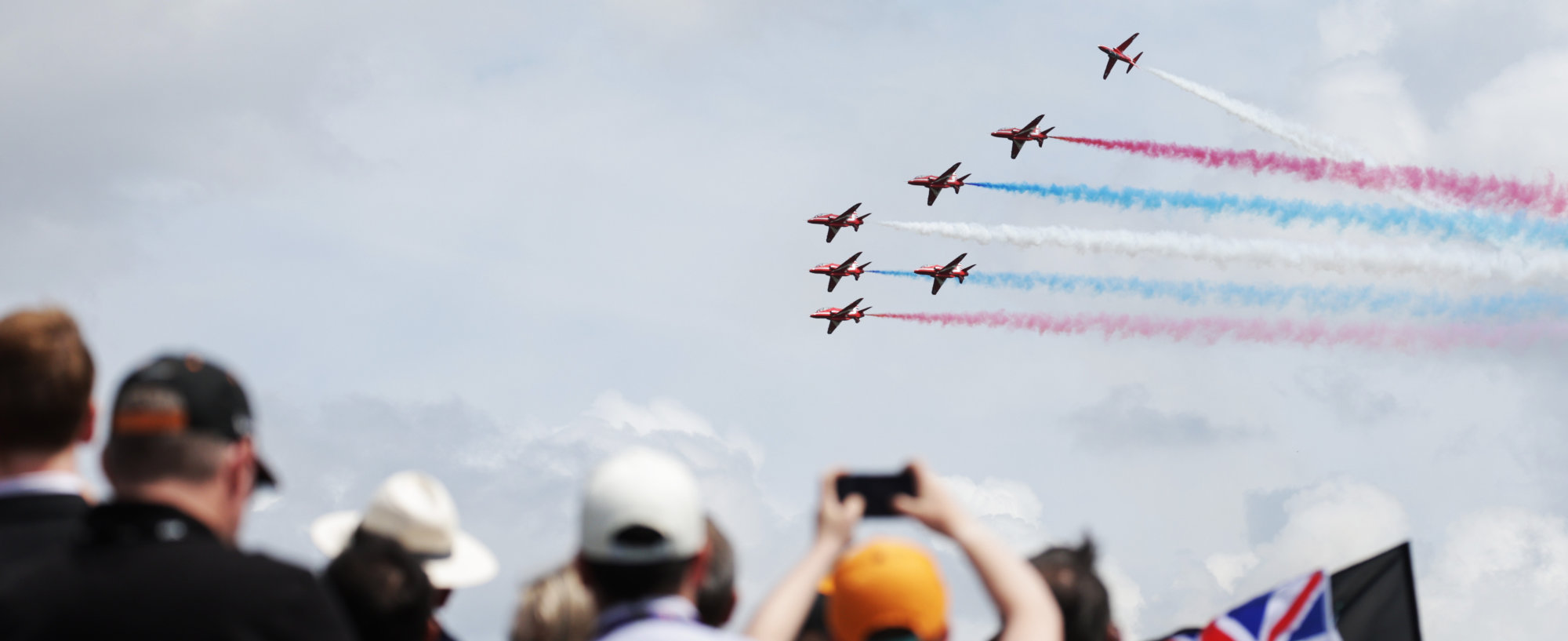
Big events like the British Grand Prix aren’t the only events to request an air display or flypast; the Red Arrows actually receive requests from smaller events, like village fetes and festivals.
“We’ll try to do as many flypasts as we can,” Ollie says. “We’re very visible. We fly around everywhere at low level, so we like to cover off as much of the country as we can and do as many flypasts as we can.”
The Red Arrows have three learned displays – a flat display which is used on days when the cloud base is low, a rolling display for when the clouds are higher but the team can’t get all of the looping manoeuvres in, and then the full display is used in glorious, clearer weather. The three shows – and the rare ability to change between them mid-performance – are designed to counter the unpredictability of a British summer.
“We can start doing one display and if the weather comes in, we can change it to another in the middle of the show, so we can mix and match as we go,” Ollie explains. “We can go back out the other way again if it’s good, but for flypasts, it’s just a standard formation.
“Usually, we get lucky; we call it the Red Arrows gap because we turn up and there are nice sunny spells so let’s hope that happens at the British Grand Prix.”
On the morning of race day, the engineers will service the aircraft and make sure they’re all good to go ahead of the display. About an hour before the take off time, the aircrew will get together to brief the sortie in detail and talk it through.
“The boss will pretend he’s flying it and we’ll pretend we’re flying it, we’ll give our commands and everything,” he says. “We’re mentally rehearsing and going through our own so-called errors [areas we were not happy about and always want to improve] from the last time we did the show.
“We have the mindset that there has never been a perfect Red Arrows display in the entire history of the Red Arrows but we try and get as close as we can to it.”
Once the sortie is briefed, Ollie and the team will then head out to the aeroplanes, get kitted up, get into the cockpit and do the display, which will be as they planned.
Throughout the display, communication between the pilots is quite minimal. Mostly, it’s just the boss and Red 6 – the synchro leader – talking on the radio. In the first half, there will be a series of commands from the boss.
“Unlike when you fly in a formation where you fly by eye, we have to fly by ear, so we’re listening to what the bosses say,” Ollie says. “You’re trying to find a reference but because the wing is so large and because there are four aeroplanes along there, the person needs to start putting in their input before the person on the inside, so you get a nice straight wing.
“When we change formation positions, other people will talk to acknowledge the move; if we’re floating around and the boss said “diamond, go”, it would be a six, seven, eight, nine and they’d be responding to that so the boss knows everyone is moving into the right place.”
In the second half of the display, the same rules apply, mostly, but because it’s more dynamic, the synchro leader is also giving commands to Hanna, the name for the rear section of the team, for all their fast opposition stuff.
“There’s a lot of communication going on all the time,” Ollie says. “However, it’s very controlled and it’s all done to a standard so that it’s all very clear and concise.”
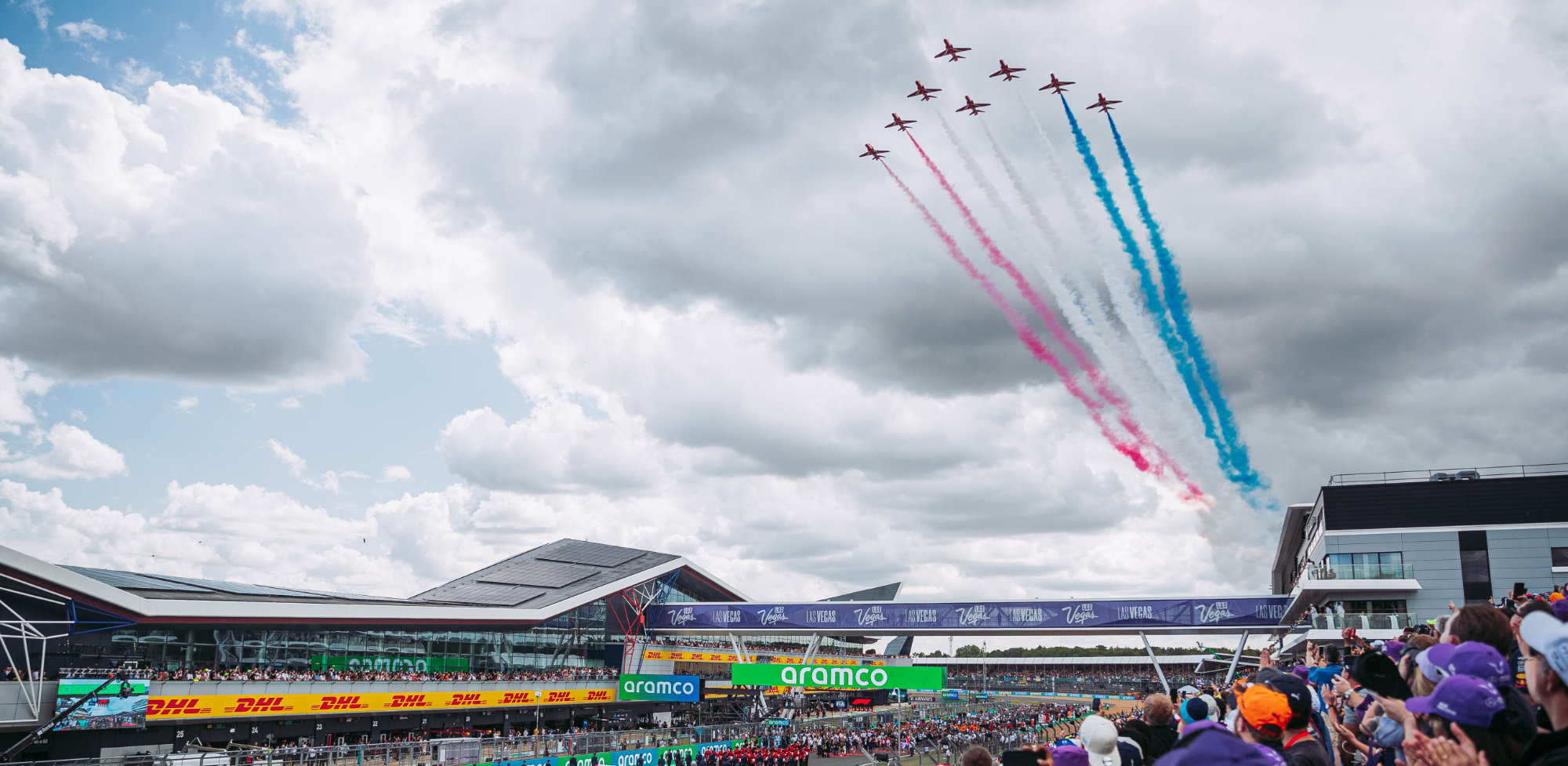
Once the Red Arrows have completed the display and flypast, they’ll head back to Brize Norton, where they’ll refuel so they can fly back to RAF Waddington with their engineers in the back seat. There’ll be a short pause on the ground, when the team debrief the sortie; they always have a photographer filming the show in full HD, so there’s no escaping from any of the errors.
“We’ll watch it frame-by-frame sometimes if we need to,” Ollie says. “We’ll figure out what the mistakes are, so that can take half an hour or so.
“Our motto is Éclat – excellence – and we want to be perfect.”
Once the debrief is over and the jets are refuelled, the pilots and their engineers will get back into their aeroplanes and head back to RAF Waddington, then the cycle continues.
A bit like flypasts over London, when you’re doing the flypast on the day, Ollie is obviously excited but as soon as the display and flypast begins, he refers to the sensation as being in a bubble, concentrating so much on the task in hand.
“It’s only when you land you realise how cool it is,” Ollie says. “You see the cars on the grid and us coming over the top and you can’t really believe that it’s really me up there; it’s exciting and it’s very surreal to think that you’re part of it.
“You don’t always get to enjoy it at the time because you’re working pretty hard but it’s amazing, I wouldn’t want to do anything else, although I’ll have to one day, but not for another two years yet.”




